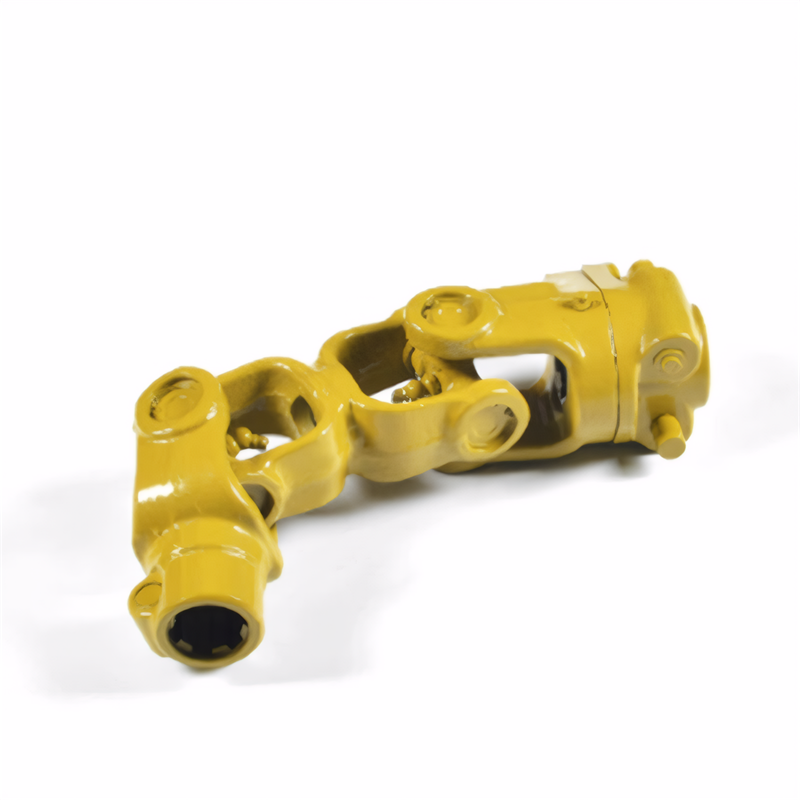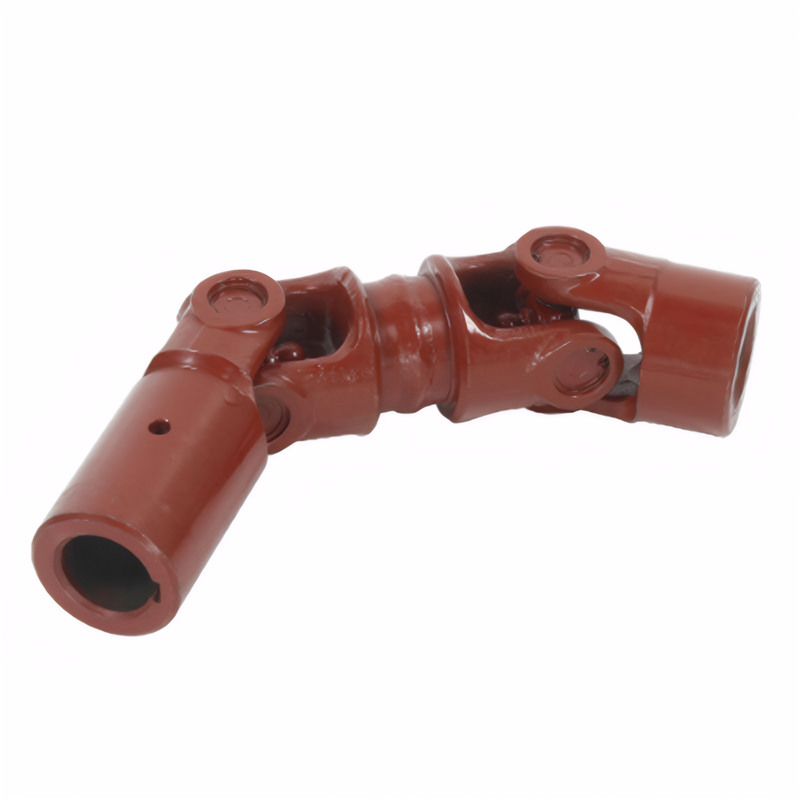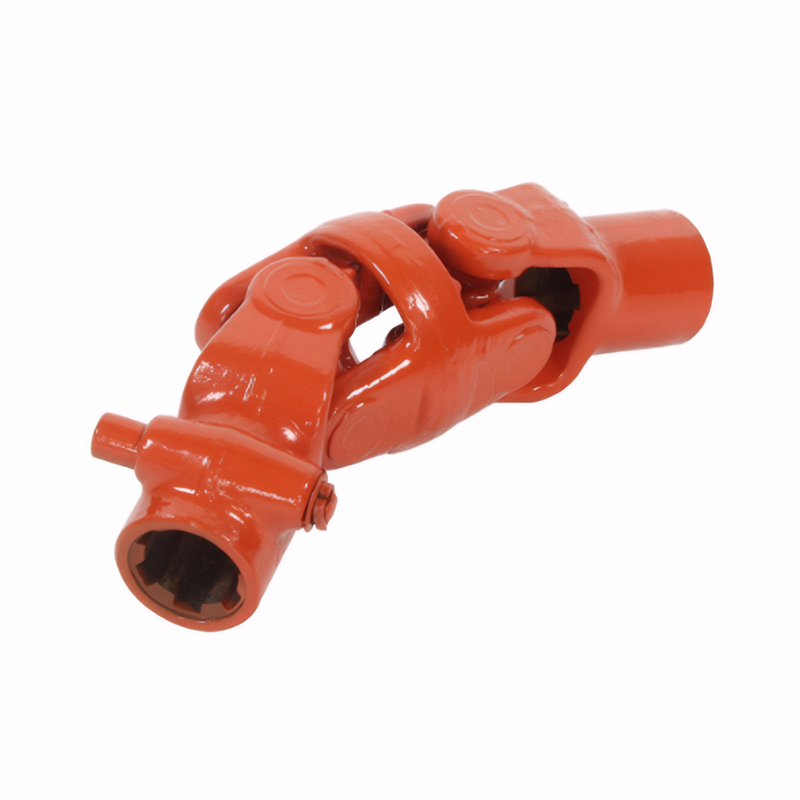Installation of the forked joint of the transmission shaft
Installation Guide for Yoke - Type Joints on Transmission Shafts
Pre - Installation Preparation
Cleaning Components
Before starting the installation of the yoke - type joint on the transmission shaft, thorough cleaning of all related parts is essential. Dirt, grease, and old debris can interfere with the proper fit and function of the joint. Use a suitable cleaning solvent to remove any contaminants from the yoke, the transmission shaft splines, and the surrounding areas. A clean surface ensures better engagement and reduces the risk of premature wear.
Inspecting Parts for Damage
Carefully examine the yoke - type joint and the transmission shaft for any signs of damage. Look for cracks, bends, or excessive wear on the yoke arms, the bearing surfaces, and the splines of the shaft. Check the condition of the snap rings or retaining clips that will be used to secure the joint in place. If any part shows significant damage, it should be replaced before proceeding with the installation to prevent potential failures during operation.
Lubricating the Joint
Applying the right lubricant is crucial for the smooth operation and longevity of the yoke - type joint. Select a high - quality grease that is compatible with the application and the expected operating conditions. Apply a generous amount of grease to the bearing surfaces inside the yoke, ensuring that all moving parts are well - coated. This reduces friction and helps dissipate heat generated during operation, protecting the joint from premature wear.
Aligning and Positioning the Yoke
Matching Splines
The first step in aligning the yoke with the transmission shaft is to match the splines correctly. The splines on the yoke must fit precisely with the splines on the shaft. Gently slide the yoke onto the shaft, making sure that the splines engage smoothly without any binding or misalignment. If there is resistance, do not force the yoke as it may cause damage to the splines. Instead, check for any obstructions or misalignment and correct them before proceeding.
Proper Angular Alignment
In addition to matching the splines, the yoke must be properly aligned angularly with the transmission shaft. The yoke should be positioned at the correct angle to ensure that the power is transmitted efficiently and without excessive stress on the joint. Refer to the vehicle's service manual for the specific angular alignment requirements. Use a protractor or an alignment tool designed for this purpose to measure and adjust the angle of the yoke as needed.
Ensuring Centering
Once the yoke is in the correct angular position, it should be centered on the transmission shaft. This ensures that the load is evenly distributed across the joint and reduces the risk of uneven wear. Use a center - finding tool or a visual inspection to check the centering of the yoke. If the yoke is off - center, gently tap it with a soft - faced hammer to adjust its position until it is properly centered.
Securing the Yoke in Place
Installing Snap Rings or Retaining Clips
After the yoke is properly aligned and positioned on the transmission shaft, it needs to be secured in place. Most yoke - type joints use snap rings or retaining clips for this purpose. Carefully install the snap ring into the groove on the transmission shaft, making sure that it is fully seated and engaged. If using retaining clips, follow the manufacturer's instructions for proper installation, ensuring that the clips are tightly fastened and will not come loose during operation.
Checking for Proper Fit
Once the securing mechanism is in place, double - check that the yoke is firmly attached to the transmission shaft. Try to move the yoke back and forth or side to side. There should be no excessive play or movement. If there is any looseness, re - check the installation of the snap rings or retaining clips and make any necessary adjustments. A loose yoke can lead to premature wear of the joint and potential failure of the transmission shaft.
Final Inspection and Testing
Before installing the transmission shaft back into the vehicle, perform a final inspection of the yoke - type joint installation. Check all the connections, the alignment, and the securing mechanisms one more time. Once satisfied with the installation, install the transmission shaft back into the vehicle according to the manufacturer's instructions. After installation, start the vehicle and let it idle for a few minutes. Listen for any unusual noises coming from the joint area, such as knocking or grinding sounds, which could indicate a problem with the installation. If no issues are detected during the idle test, take the vehicle for a short test drive to further verify the proper functioning of the yoke - type joint.
 Accuracy requirements for the
Accuracy requirements for the
 Selection of universal joint t
Selection of universal joint t
 Standard for coaxiality error
Standard for coaxiality error
 Requirements for the surface r
Requirements for the surface r
 简体中文
简体中文 English
English
